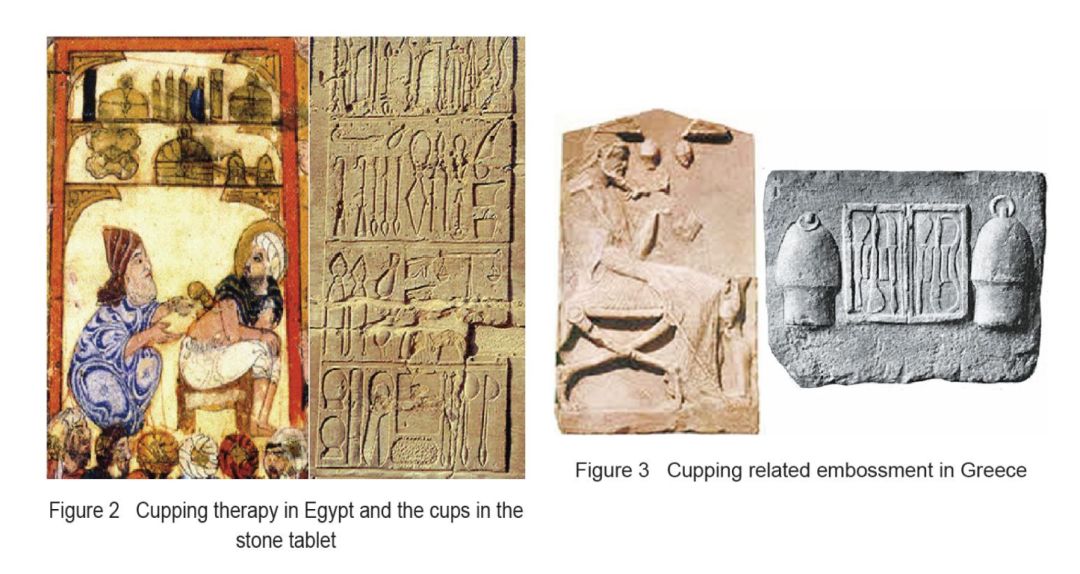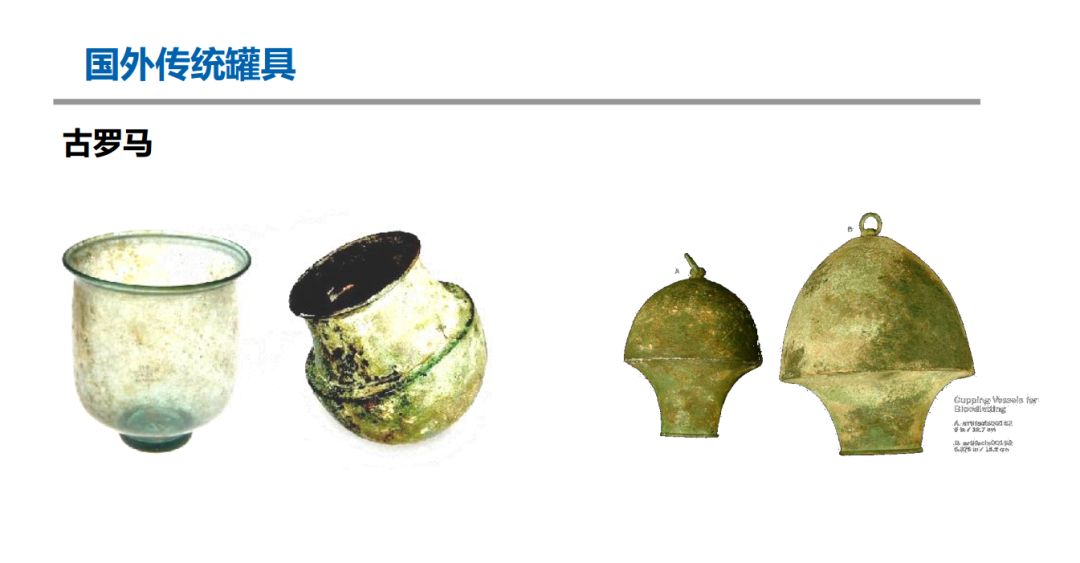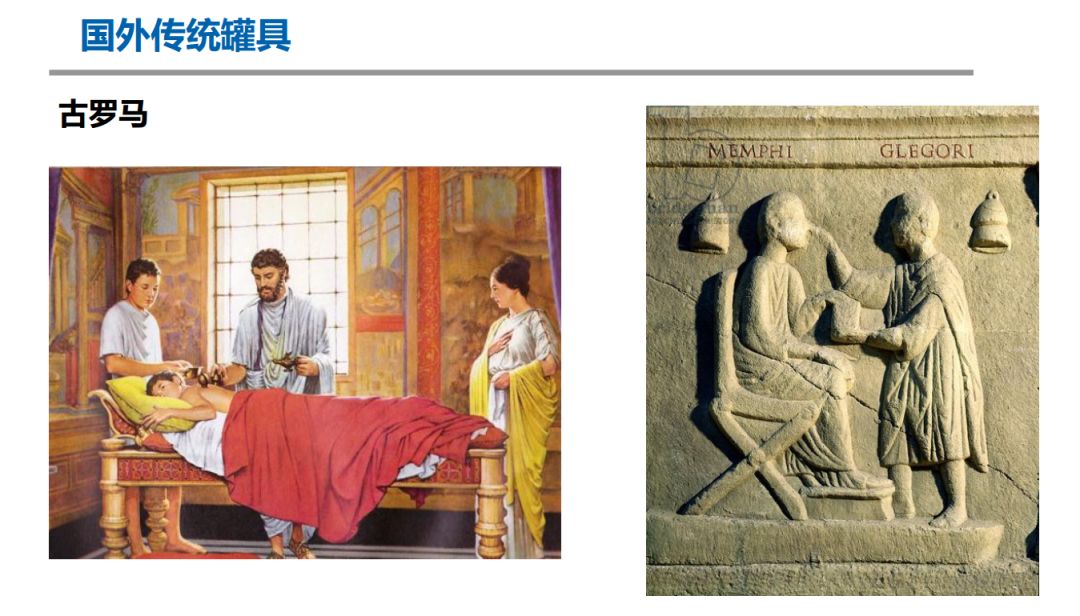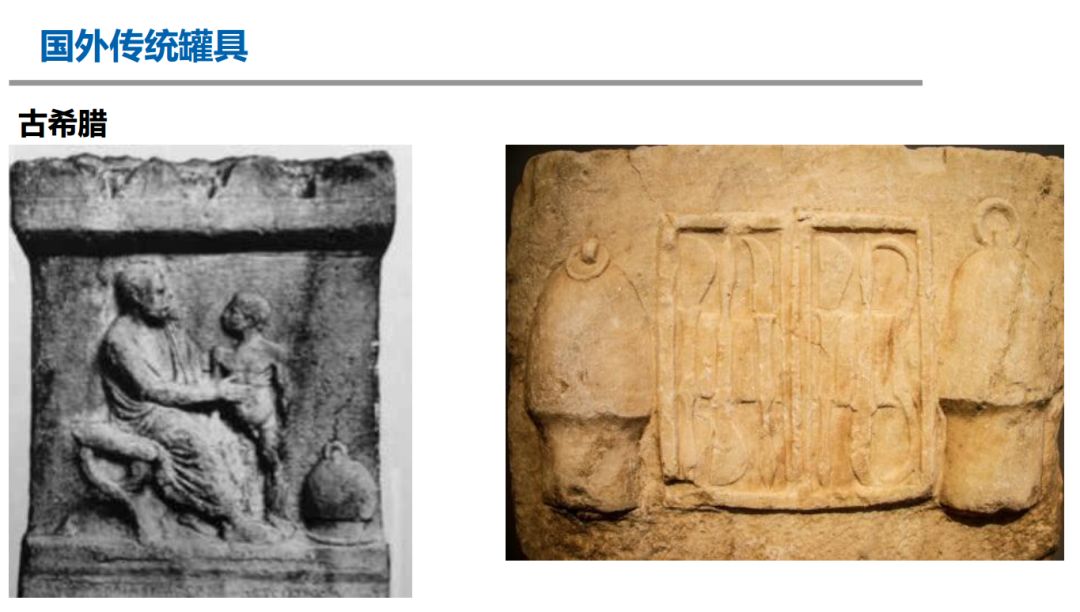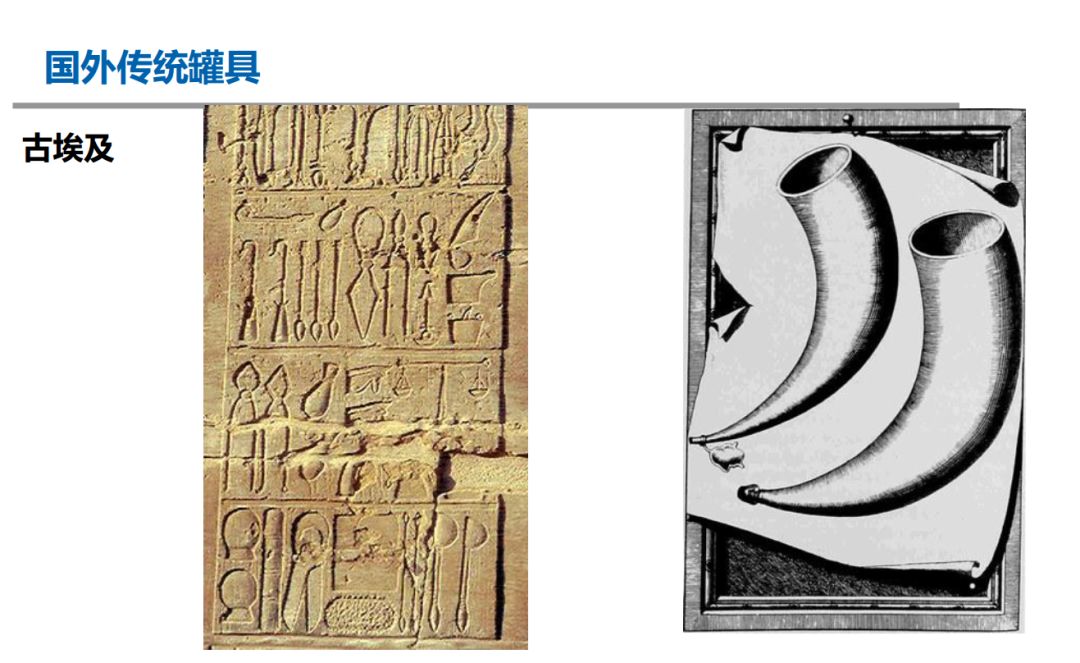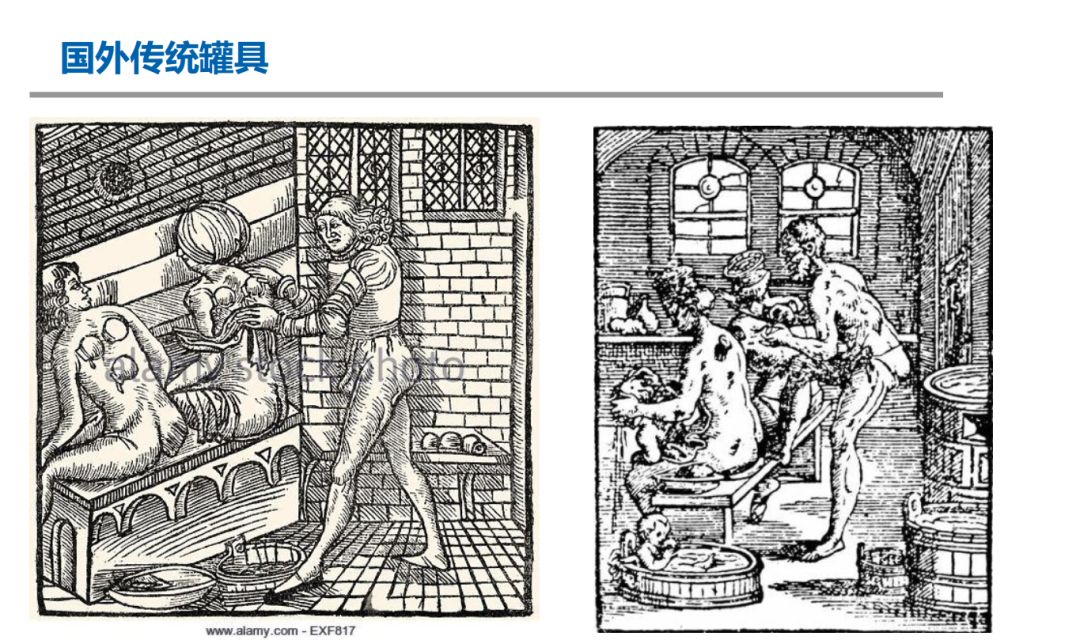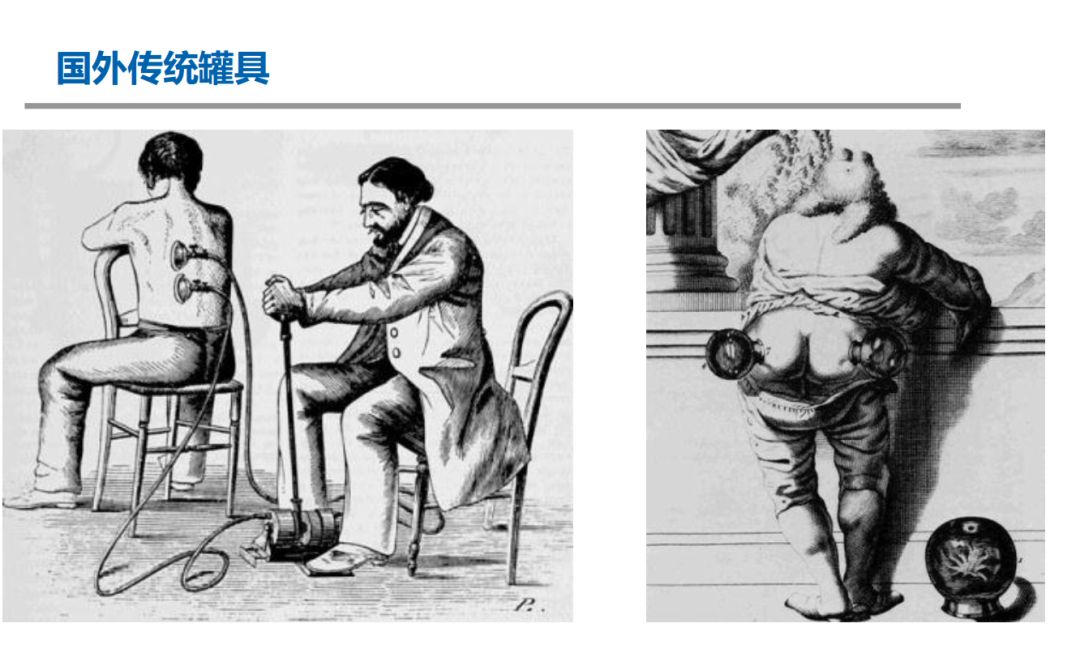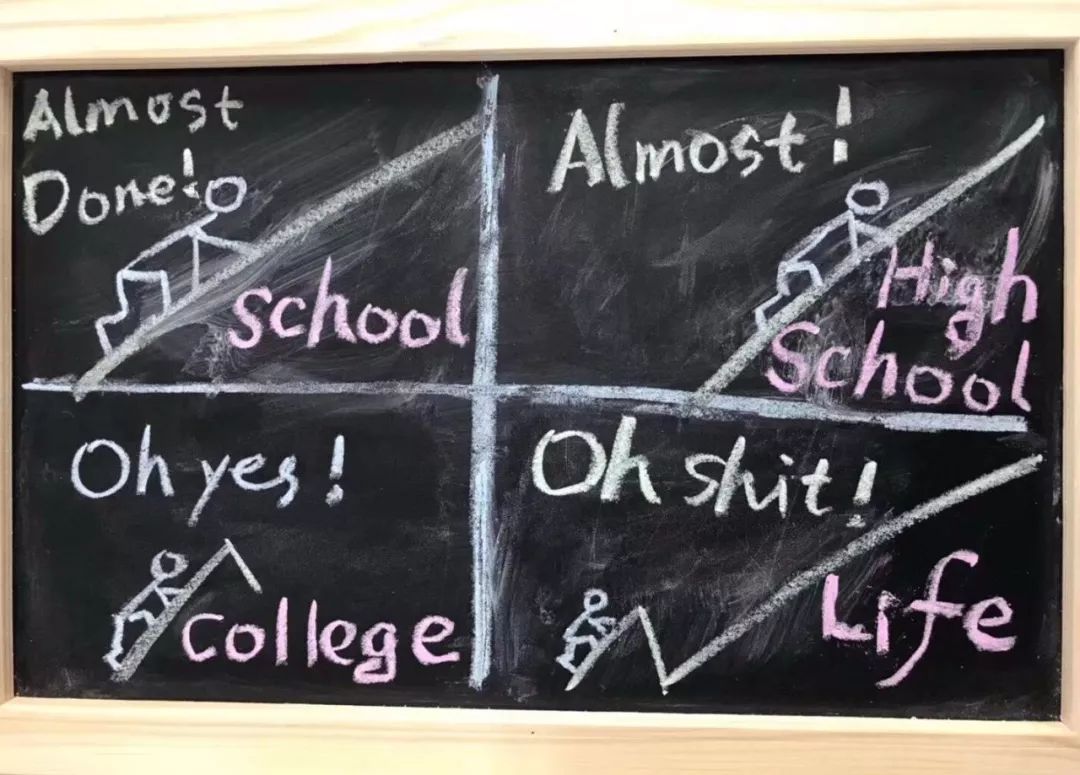

 Can you perform cupping therapy?
Can you perform cupping therapy?
 Well, who can’t perform cupping? Even those without formal medical training can do it. Yes, I used to think that way too.
Well, who can’t perform cupping? Even those without formal medical training can do it. Yes, I used to think that way too.
However, for many who have experienced it, cupping can be an uncomfortable and painful experience. In my clinical practice, I sometimes use “cupping therapy,” but I had not previously considered how to make it effective yet painless, so that patients can accept it more easily.
Yesterday, I attended a lecture by a teacher who has conducted in-depth research on cupping, and I found it very enlightening.
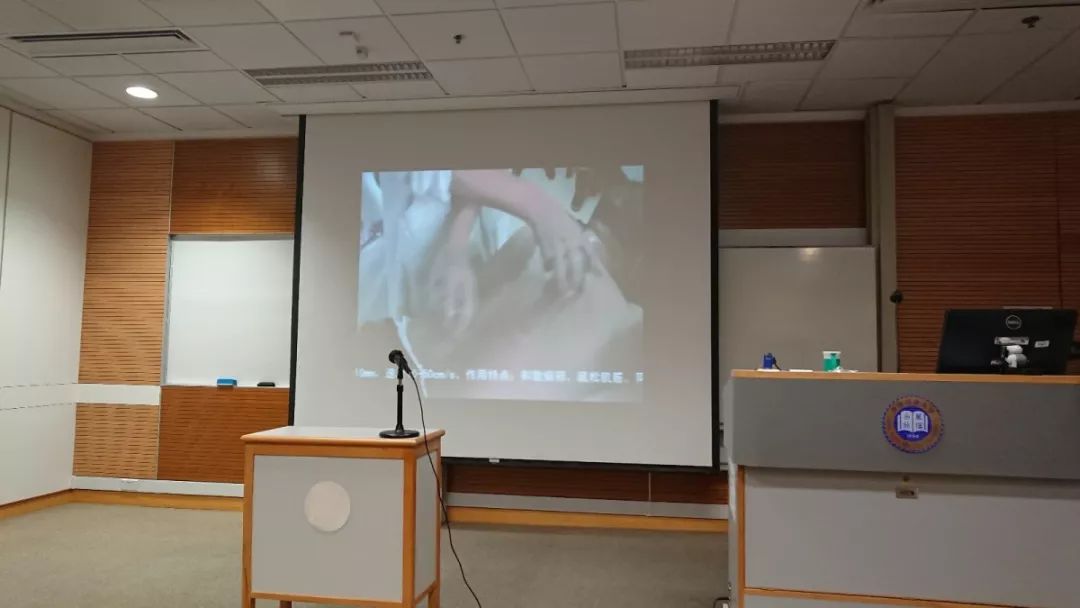
How to Perform Cupping Without Pain
Cupping, in simple terms, involves using negative pressure to attach the cup to specific areas of the body and moving it back and forth. If the negative pressure is too strong at the beginning, causing the cup to adhere too tightly, the pain during movement can be quite noticeable. After all, each person’s pain tolerance is different; some find the tightness enjoyable, while others may find it unbearable. Therefore, it is best to approach cupping in three steps: “Heaven, Man, Earth” (Tian, Ren, Di), which actually refers to shallow, medium, and deep layers. The first step is to start with the shallow layer, which can test the patient’s pain tolerance and allow patients, especially those trying cupping for the first time, to relax and accept the treatment.
Finally, performing cupping at the shallow layer can also serve a diagnostic purpose.
^1 Observe the color of the marks, red indicates a new or heat-related condition, while purple or dark indicates a chronic condition, cold syndrome, or blood stasis;
^2 Observe the shape of the marks, if they are scattered and light in color, it indicates a milder and shorter illness; if there are many marks that are large and dark, it indicates a longer illness and deeper pathogenic factors;
^3 Observe the location of the marks, marks on the upper body often indicate issues with the upper jiao, marks in the middle indicate problems with the middle jiao, and marks on the lower back indicate lower jiao issues;
^4 By sliding the cup, one can also feel the tension of the underlying muscle fascia, if the tissue feels soft and relaxed, it indicates a deficiency syndrome, and cupping should not be performed for too long or too heavily; if the fascia is tense, it indicates a full syndrome, which is more suitable for cupping.
After completing the shallow layer, proceed to the medium layer, and finally to the deep layer. This stepwise approach can minimize the discomfort caused by cupping while still providing diagnostic benefits. If the cup is applied too tightly from the start, much useful diagnostic information may be hidden, leading to a mechanical and low-level cupping practice.

Is there a tonifying or draining effect in cupping? Can deficient individuals undergo cupping?
Common knowledge suggests that cupping is primarily a draining method, and it is best for deficient individuals to avoid it. However, cupping therapy can indeed have both tonifying and draining effects, similar to acupuncture principles: “Pushing and drawing in is tonifying, moving and extending is draining”.
In simpler terms, if the suction is light and the movements are gentle, applying slow pressure while pushing is “tonifying”, whereas if the suction is strong, the movements are quick, and there is an upward pulling force while pushing, it is “draining”.
Therefore, for deficient individuals who experience shoulder and back pain and need cupping for immediate relief, the tonifying principles of cupping can still be applied. However, this is only a temporary solution; afterwards, it is necessary to use herbs, moxibustion, or warming acupuncture to strengthen the foundation.
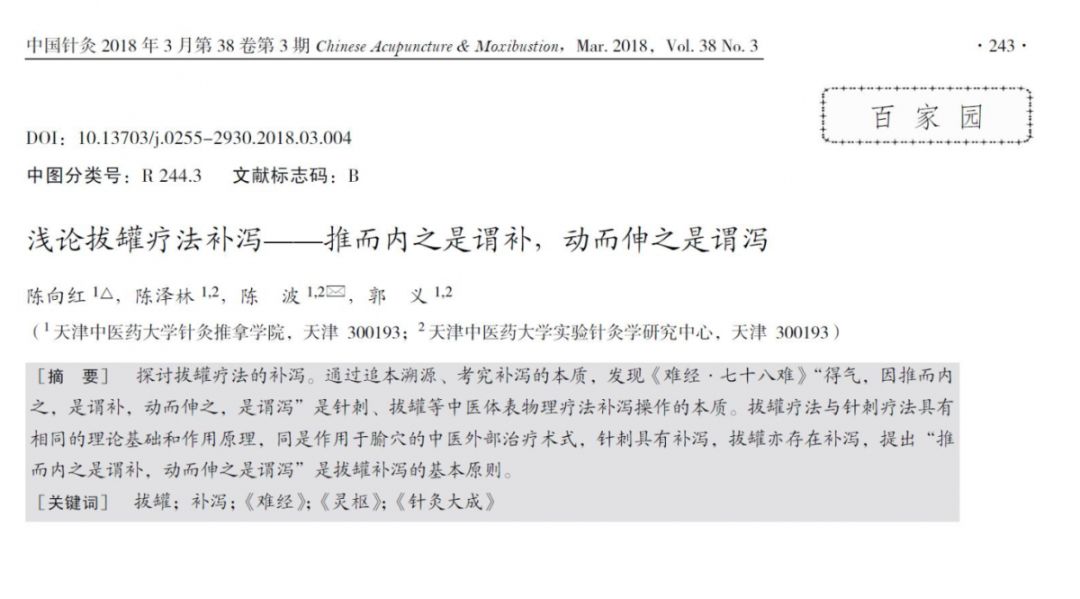
Is cupping a Chinese practice?

At the 2016 Rio Olympics, the cupping marks on Michael Phelps sparked worldwide discussion about this therapy, effectively providing free publicity for Traditional Chinese Medicine (TCM). Many Chinese felt proud, believing that it was only valuable when used by foreigners, especially world-renowned figures, which reflects a lack of confidence in their own cultural heritage.
However, it is important to note that cupping is not exclusively Chinese; it has been practiced in various ancient civilizations around the same time. Therefore, cupping is not unique to China. Just look at the images(Note: The images are the intellectual property of Teacher Chen Bo from Tianjin University of Traditional Chinese Medicine, and I borrowed them for reference), and appreciate the ancient civilizations of the world.
